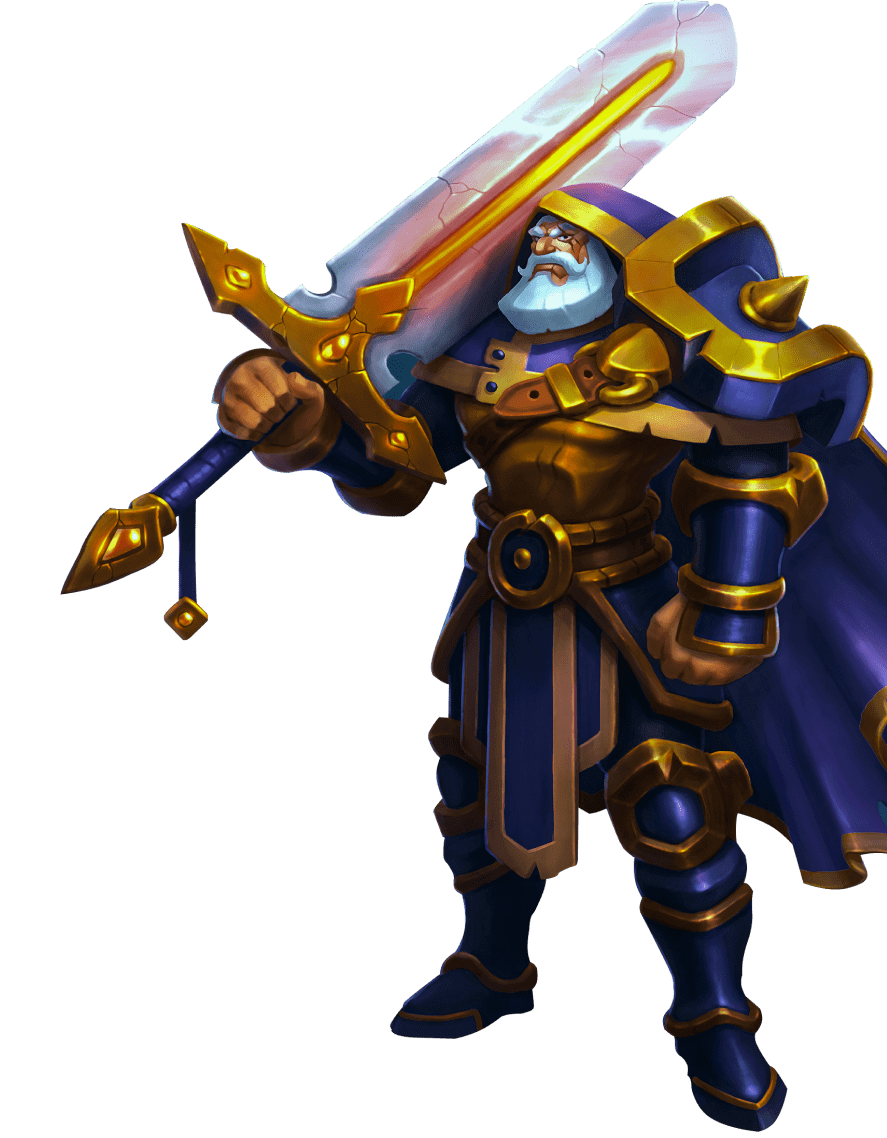In today’s digital world, 3D Modeling has become integral to various industries, from entertainment and gaming to architecture and engineering. But what is a 3D modeler? We offer to explore the fascinating world of 3D, understand its significance, and delve into the different types of 3D models.
What Does a 3D Modeler Do: Understanding The Role
Simply put, 3D modeling uses specialized software to create a three-dimensional representation of an object or environment. Unlike traditional graphic design, 3D adds depth, realism, and a sense of immersion to visual designs. This technology has fundamentally changed the industry by allowing professionals to bring their ideas to life with virtual objects that can be manipulated, examined, and even animated.
A 3D modeler is a skilled professional, having a proper education who architects and designs 3D models. These individuals have artistic and technical skills, as they must understand design principles and have a knowledge of graphics and 3D modeling software. Their main task is transforming a concept or idea into a detailed, realistic, visually appealing 3D model.
3D artists possess a wide range of knowledge and skills to handle tasks related to 3D modeling, rendering, texturing, and graphic design. Here are the most popular tasks that 3D artists typically deal with:
- Creating 3D Characters and Objects;
- Rendering Scenes and Landscapes;
- Texture Creation;
- Interior Design Elements;
- Knowledge of 3D design programs.
To become proficient in these areas, 3D artists often undergo formal training or design courses to develop their skills. It’s a complex and demanding field that requires artistic creativity, technical proficiency, and a strong understanding of 3D principles. Tendencies are that we will keep on observing a booming demand for 3D artists.
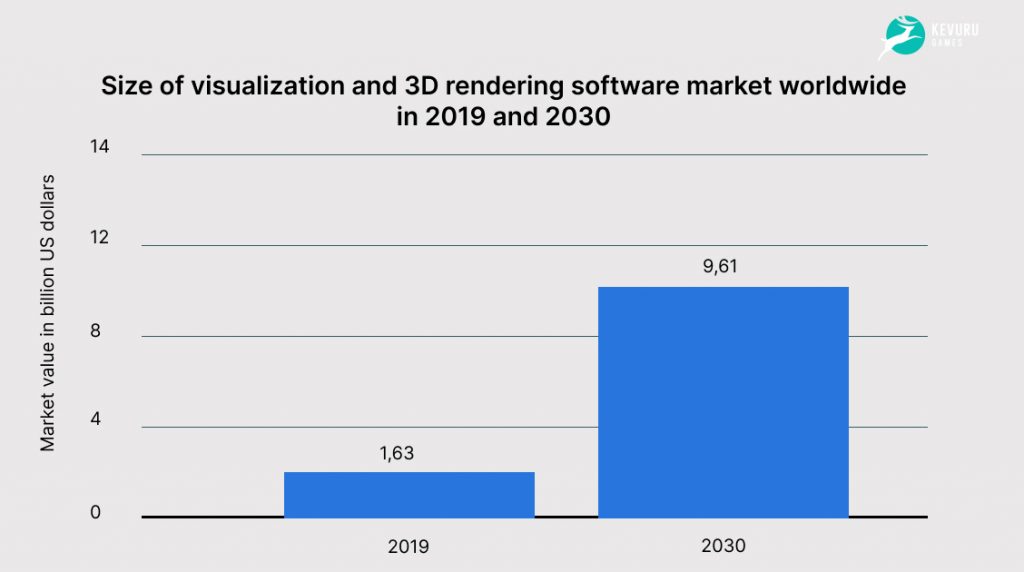
The salary of a 3D modeler depends on various factors such as experience, skills, industry, and location. Check out some Glassdoor statistics depending on the country.
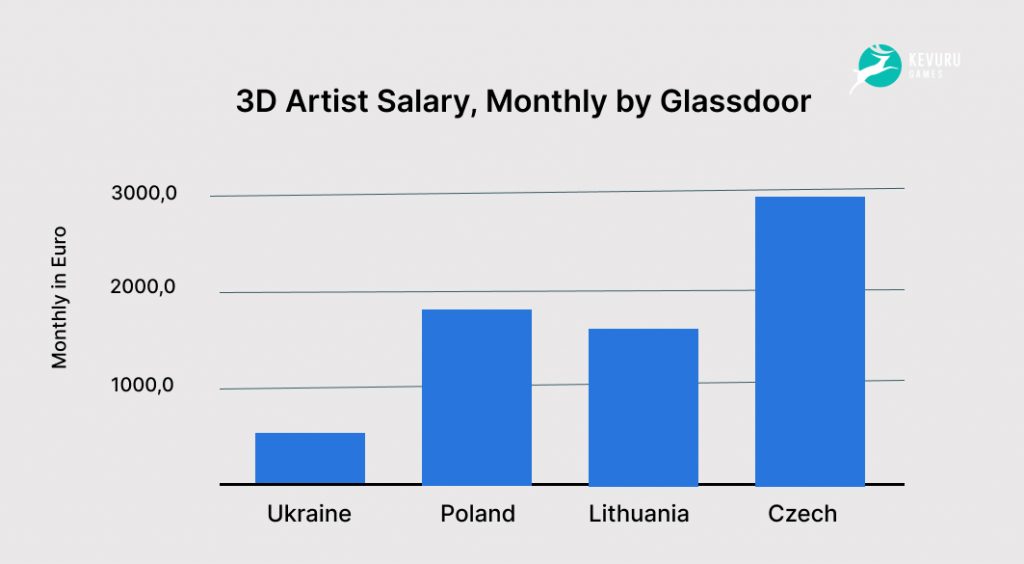
In specific industries such as animation, visual effects, or gaming, where 3D modeling is in high demand, experienced and highly skilled modelers can earn even higher salaries. Factors such as working for renowned studios or having a strong portfolio can also positively impact the earning potential of a 3D modeler.
It’s worth noting that the cost of living and average salaries may differ in different countries and regions, so it’s essential to consider local factors when assessing the earning potential of a 3D modeler.
Types of 3D Models: Unleashing Creativity in the Third Dimension
In the art, design, and innovation world, 3D modeling creation has emerged as a powerful tool that ignites imaginations and pushes the boundaries of creativity. There are various 3D model types, each serving different purposes and industries.
1. Character models in digital worlds
In games, animations and virtual experiences, we encounter character models that fire our imagination. These digital personalities, designed with great attention to detail, are the heart and soul of interactive storytelling. From brave heroes to menacing villains, character models bring virtual worlds of video game industry to life and captivate players with their lifelike movements, facial expressions and unique personalities;
2. Product models transformation from concept to reality
In product design, 3D models are the lifeline for innovation. Product models enable designers to transform abstract concepts into tangible virtual prototypes. From sleek smartphones to futuristic cars, these models allow designers to refine their creations, test functionality and visualize the final product. The mix of esthetics and functionality takes shape in the virtual world, shaping the products that will shape our future;
3. Environmental models breathing life into virtual worlds
The world of 3D modeling goes beyond the boundaries of buildings and products. Environmental models recreate entire landscapes making them immersive. These models are used in the gaming, simulation and film industry, allowing developers and designers to create stunning environments. From lush forests to sprawling cities, environment models provide the backdrop for compelling stories and mesmerizing experiences;
4. Conceptual models embody the essence of creativity and innovation
They push the boundaries of what is possible and allow designers to explore uncharted territories. In addition, these models capture the essence of abstract ideas and allow visionary thinkers to effectively communicate their concepts. From avant-garde sculptures to futuristic architectural designs, conceptual models fire our imaginations and challenge conventional thinking;
5. Medical models decode the complexity of the human body
3D modeling is not only present in art and design, but is also of great use in medicine. Medical models offer healthcare professionals unprecedented insights. As a result, surgeons can plan complex procedures in minute detail, students can explore anatomical structures in great detail, and patients can better understand their ailments. From intricate organs to intricate surgical simulations, medical models have become invaluable tools in the pursuit of health and well-being;
6. Advertising and marketing
Advertisers are harnessing the power of three-dimensional visualization to craft captivating animated advertisements in an ever-growing trend. Unlike traditional filming in real-life settings, animation offers a visually alluring spectacle that captures attention.
7. Architectural models are a cornerstone in the world of 3D modeling
They allow architects, engineers, and designers to envision and showcase their architectural ideas before a single brick is laid. From towering skyscrapers to cozy homes, 3D architectural models allow stakeholders to visualize the interplay of structures, materials and natural elements, and breathe life into designs;
8. Industrial design models: engineering precision and efficiency
The automotive, aerospace, and manufacturing industries rely on 3D modeling to achieve unprecedented precision and efficiency. Industrial models simulate real-world scenarios, enabling engineers to optimize designs, test mechanisms, and refine manufacturing processes. From finely crafted engine components to aerodynamic aircraft models, these virtual representations pave the way for breakthrough advances and streamlined production.
9. Geological models: unveiling the earth’s hidden treasures
Beneath the earth’s surface there are resources waiting to be discovered. Geological models allow geologists and mining experts to visualize the layers of our planet. These models help identify potential mineral deposits, optimize mining methods and minimize environmental impacts.
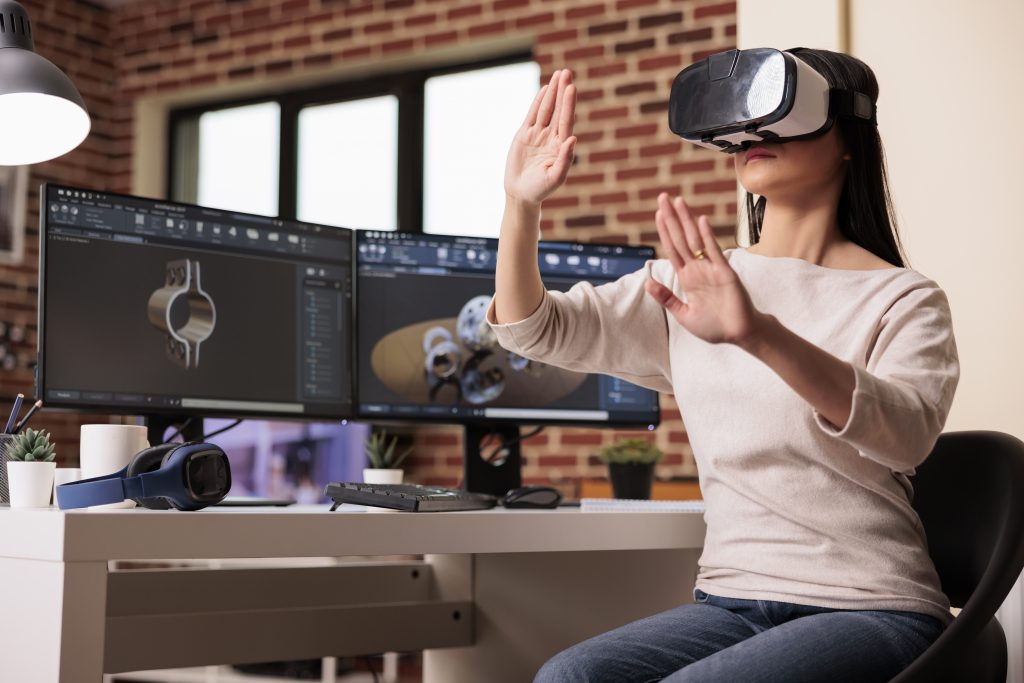
3D Art: Low Poly And High Poly Modeling
High-poly modeling is a technique that emphasizes detail and realism in 3D models. Artists use this method when creating highly detailed characters, environments, or objects that require exceptional visual fidelity. With high-poly modeling, artists can sculpt and shape intricate details, capturing fine textures, wrinkles, and even imperfections. This approach is particularly suited to film animation, visual effects, and realistic game characters, where capturing every nuance is critical.
Low-poly modeling, on the other hand, focuses on creating models with fewer polygons to optimize performance while maintaining visually appealing esthetics. This technique is often used in real-time applications such as the video game industry, where optimized performance is critical. By reducing the number of polygons, low-poly models require less processing power, which enables smoother gameplay and faster rendering.
Despite the lower level of detail, skilled artists can render the essence and shape of the object using clever techniques such as texture mapping and stylized proportions. Low-poly modeling is known for its efficiency and allows developers to create expansive worlds with numerous objects without sacrificing performance.
High-poly modeling provides unparalleled realism and detail, making it ideal for projects that require lifelike rendering. The textures and fine details bring characters and environments to life, increasing immersion. However, high-poly models also have their pitfalls. They require more processing power and memory, making them less suitable for real-time applications or less powerful hardware. In addition, the increased complexity can present optimization and file size challenges. Despite these considerations, high-poly modeling remains an important technique in the entertainment industry.
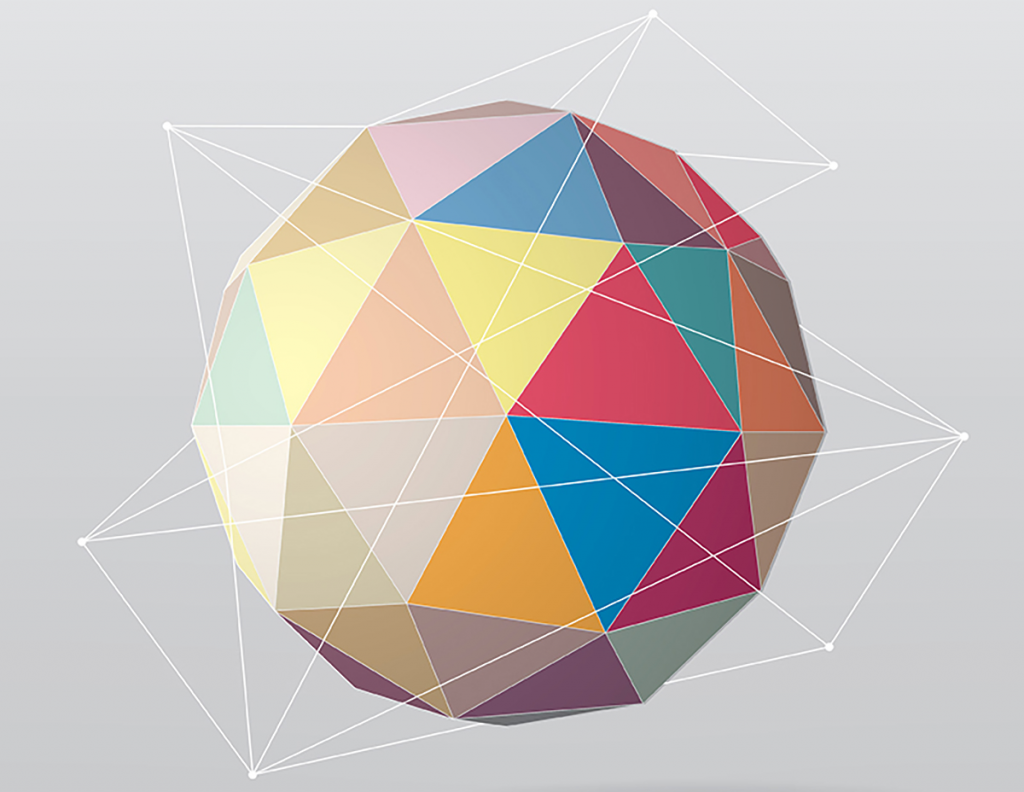
How To Make a 3D Digital Image?
Creation of a 3D model is a process that allows you to turn your ideas into visually stunning digital creations. Whether you’re an aspiring artist, a design enthusiast, or a professional user, apart from computer skills, a strong background in 3D modeling is an integral part of your way to a world of possibilities. So let’s take a look at the steps involved in designing three dimensional models.
1. Research
Every successful 3D model starts with a clear vision and a solid base of information. So gather reference images, sketches or conceptual ideas to guide your creative process.
2. Create models geometry
The next step is to create the geometry of your model. To do this, you’ll use specialized 3D modeling software to shape and form virtual objects. You’ll use a combination of tools and techniques to manipulate vertices, edges, and faces to refine the details and overall shape of your model. From organic shapes to architectural structures to mechanical designs, modeling lets you let your imagination run wild with precision and finesse.
3. Lights and viewpoints
Next, set up lights and viewpoints to enhance the visual impact of the model. Lighting plays a crucial role in making a realistic and immersive experience. You can strategically place virtual lights to simulate different lighting scenarios, such as natural daylight or dramatic shadows. Experiment with different angles and intensities to highlight details and create the mood you want for your model.
4. Texturing the model
Texturing is where you add colors, patterns, and materials to your model to breathe life and realism into the surfaces. You can apply textures manually or use image-based textures to create a more realistic and visually appealing result. Consider factors such as reflectivity, roughness, and transparency to accurately represent your model’s materials, whether they’re shiny metal, a soft fabric, or a weathered surface.
5. 3D visualization or rendering
After you’ve specified geometry, lighting, and textures, bring your 3D model to life through visualization or rendering. Rendering creates a high-quality image or animation of your model. Depending on the complexity of your scene and the level of realism you’re aiming for, rendering can take some time and require powerful hardware. Experiment with different rendering settings and techniques to achieve the visual result you want.
6. Post-Production
This is the final step in the 3D modeling process. Here, the rendered images or animations are refined and enhanced using image editing computer software. Adjustments such as color corrections, contrast enhancements, and adding special effects can increase the visual impact of your final result. Pay attention to the details and experiment with different post-processing techniques to achieve a polished and professional result.
By following these steps, you can embark on an exciting journey of 3D modeling and bring your imagination to life in the virtual world.
Kevuru Games Expertise in 3D Modeling for Video Games
Kevuru Games as a Game Art Studio offers a wide range of outsourced 3D modeling and game services tailored to the specific needs of your project. We excel in various types of 3D modeling and game services, including character modeling, environment modeling, prop modeling, texturing, and shading, animation. Outsourcing these services is a cost-effective solution to incorporate high-quality 3D modeling and game design into your project. So, what does a 3D modeler do?
Character modeling is indispensable in the gaming industry, as it is crucial for immersive, engaging, and visually stunning game worlds. Our Kevuru Games team accurately models characters’ physical attributes, including their size, shape, and weight. This level of detail allows for seamless movement and interaction between characters and objects in the game world, mirroring the physics of the real world. The resulting level of realism enhances the gameplay experience and makes for a truly realistic and believable environment.
Game environments‘ design, modeling, and texturing are critical to a realistic and engaging gameplay experience. These elements ensure continued engagement and highlight the importance of 3D modeling in games. The carefully designed objects and textures add depth and richness to the overall gaming experience, further enhancing the game’s atmosphere.
This includes designing authentic environments that reflect the game’s setting and designing objects and textures that contribute to the overall atmosphere. The result is an immersive and visually stunning game world that captivates players.
Vehicles in games often serve as weapons, or means of transportation. Carefully created 3D models of these vehicles enhance players’ understanding of their functionality and practical utility. This is essential in military simulations or other games where vehicles play a central role in gameplay.
Weapons are integral to various games, from first-person shooters to role-playing adventures. Therefore, creating highly detailed 3D weapon models is paramount in delivering an immersive gaming experience. In first-person shooter games, the accuracy and speed of weapon handling are essential. A meticulously crafted 3D model allows players to aim and fire their weapons quickly and precisely.
3D modeling for game props is the ability to create a more realistic and believable game world. In addition, props are critical to creating a sense of place and atmosphere, effectively immersing players in the game world.
A well-designed prop, be it a plant, a piece of furniture, or a streetlight, any other elements adds to the game’s atmosphere and breathes life into the virtual environment. Using 3D modeling techniques for game props, we take the game world to a higher level and make it look alive, authentic, and dynamic.
3D modeling for animation, must be rigged and animated to give it life and movement. Rigging involves creating a digital skeleton or rig for the model. Animators then use keyframes and motion capture techniques to bring the model to life, animating it with natural movements and expressions. This meticulous process requires a deep understanding of anatomy, physics, and the principles of animation to create believable and compelling performances.
Lighting and rendering play a crucial role in enhancing the overall visual appeal of a 3D animated scene. Artists experiment with various lighting setups, choosing the right combination of light sources, shadows, and reflections to create mood and atmosphere. They employ advanced rendering techniques to achieve realistic lighting effects and optimize the final output for high-quality visuals.
Team Collaboration in Kevuru Games
Our 3D modeler typically works in a team with various professionals, depending on the scope and nature of the project. For example, our 3D modelers collaborate within a team with:
1. Concept artists create initial sketches, drawings, or digital paintings as visual references for the 3D modeler;
2. Art directors provide artistic guidance and ensure the 3D models align with the project’s vision. They may review and provide feedback on the models created, ensuring they meet the required quality standards;
3. Animators bring 3D models to life by creating movement and performances. They collaborate with the 3D modelers to understand the model’s structure and limitations, ensuring smooth and realistic animation;
4. Visual effects (VFX) artists collaborate with 3D modelers to integrate special effects into the 3D scenes. They add particle systems, simulations, and dynamic effects to enhance visual storytelling;
5. Game designers work closely with 3D modelers to ensure that the models fit within the gameplay requirements. They collaborate to create assets that are optimized for real-time rendering and interactive experiences.
These are just a few examples of professionals who commonly work alongside 3D modelers in a team. Of course, the specific composition of the team may vary depending on the project.
What Software and Tools Do Kevuru Games 3D Modelers Use?
At Kevuru Games, our highly skilled 3D modelers aim to deliver exceptional visual experiences through their artistic works. We use cutting-edge software to bring concept art to life as 3D modelers at Kevuru Games, highlighting their versatility and impact on our creative workflow. So, whether you’re an aspiring artist, a fellow professional, or simply curious about a career in 3D modeling, let’s check out our valuable insights into software we use, not mentioning Adobe Illustrator or Adobe Photoshop.
- ZBrush: renowned for its powerful sculpting capabilities, ZBrush is prominent in our 3D modeling arsenal. Our artists utilize ZBrush to shape intricate and high-resolution models, employing its dynamic sculpting tools and advanced brushes to add fine details and textures. ZBrush’s intuitive interface and extensive sculpting brushes allow modelers to breathe life into their creations with stunning realism.
- Blender: as an open-source 3D modeling software, Blender has become a popular choice among our team. Its comprehensive feature set, including modeling, sculpting, rigging, and animation tools, empowers our modelers to create various assets. Blender’s flexibility, with its active community and constant updates, ensures that our artists have access to a versatile tool that can meet the demands of any project.
- Fusion 360: for our team’s product design and industrial modeling needs, Fusion 360 emerges as a powerful tool. With its parametric modeling capabilities, Fusion 360 allows artists to create precise and complex 3D models, particularly for engineering-oriented projects. The software’s integration of CAD and CAM functionalities streamlines the design process, enabling our artists to achieve accurate models.
- 3ds Max: a trusted industry standard, plays a vital role in our 3D modeling pipeline. Our artists leverage its robust toolset for various applications, including architectural visualization, character modeling, and animation. 3ds Max’s comprehensive features, such as its advanced animation controls and powerful rendering capabilities, contribute to creating visually stunning and engaging content.
- Maya: Maya, another cornerstone of our toolkit, offers unparalleled versatility for our 3D modelers. Our artists harness its comprehensive feature set, including modeling, rigging, animation, and dynamics, to create realistic characters, captivating environments, and engaging animations. Maya’s wide adoption in the industry ensures compatibility and facilitates collaboration with external partners and clients.
- UV Layout: For efficient and precise UV unwrapping, our modelers utilize UV Layout. This specialized software allows for the seamless unwrapping of complex models, ensuring optimal texture mapping and minimizing distortion. UV Layout’s precise control and intuitive interface enable our artists to streamline their UV workflow and achieve high-quality texture mapping.
- RizomUV: Besides UV Layout, our team also employs RizomUV for UV unwrapping tasks. RizomUV offers advanced unwrapping algorithms, allowing our modelers to unwrap and pack UVs for complex models efficiently. The software’s ability to handle high-density meshes and provide real-time feedback enhances productivity and ensures accurate UV layouts.
- Unity: As a leading game development platform, Unity is essential to our 3D modeling workflow. Our artists leverage Unity’s real-time rendering capabilities to visualize and refine their models in an interactive environment. The seamless integration of 3D assets from various software and Unity’s powerful scripting and animation tools enables our team to create immersive and interactive experiences.
- Unreal Engine: Similar to Unity, Unreal Engine holds a significant place in our workflow, particularly for projects that require high-end graphics and visual effects. Our 3D modelers utilize Unreal Engine’s advanced rendering capabilities and real-time lighting to bring their creations to life with exceptional visual fidelity. The engine’s Blueprint visual scripting system and extensive asset library further empower our artists to craft captivating and immersive experiences.

Summary
3D modeling companies have revolutionized various industries, providing opportunities for creativity, innovation, and immersive experiences. It is vast and diverse, offering different models for various purposes. From character models that bring virtual worlds to life to architectural models that shape the cities of tomorrow to conceptual models that challenge conventional thinking, each type showcases the power of 3D modeling in different domains.
Kevuru Games team of industry experts has proven expertise and skills required for creating three dimensional models for video games, offering a wide range of services tailored to specific project needs. Our professional attitude and talent for creating 3D models enable us to work with the most experienced and famous publishers.











